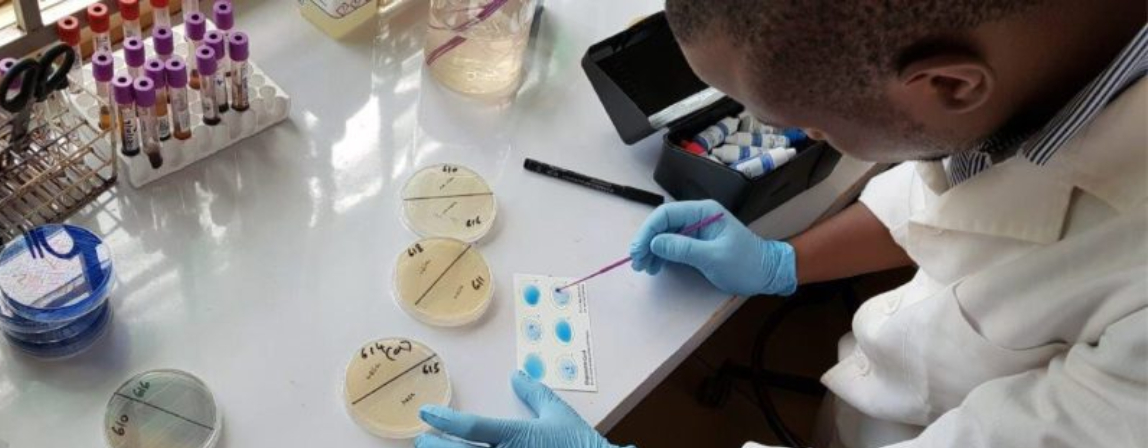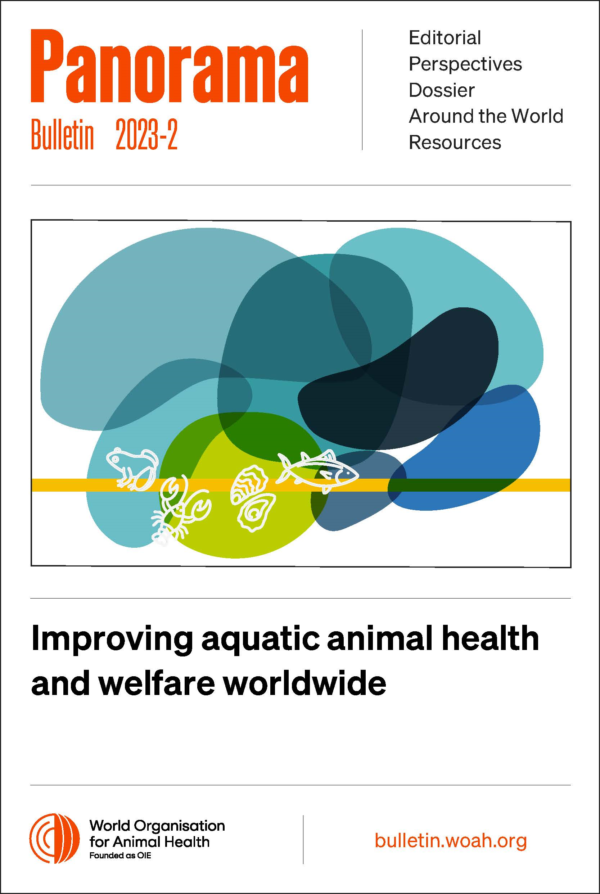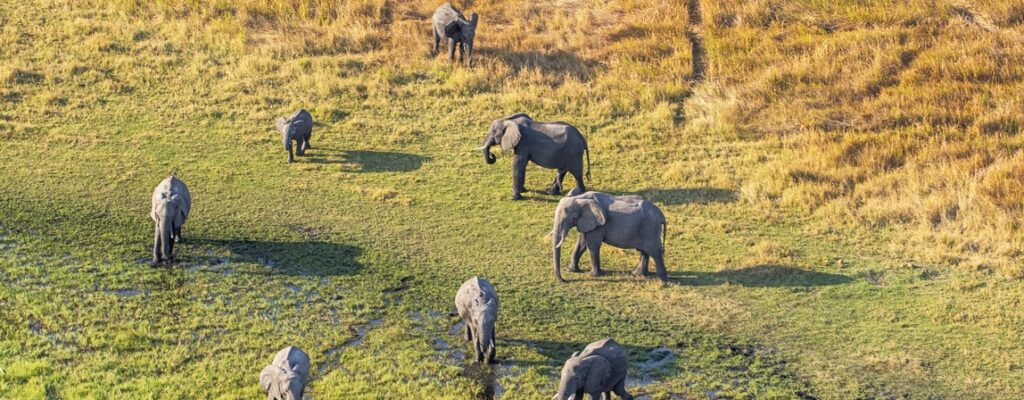Perspectives Posted on 2023-12-12 11:44:33
WOAH actions
The WOAH Scientific Network for Aquatic Animal Health
Today, aquatic animals are the main source of protein for billions of people worldwide, and the demand is expected to increase. To satisfy this demand, aquatic animal production will need to double by 2050, with most of this growth coming from aquaculture. Despite this, aquatic animal diseases threaten the sustainable growth of aquatic animal production and, consequently, our food supply. This threat requires coordinated actions by the World Organisation for Animal Health (WOAH) and its Members, in collaboration with relevant stakeholders, to protect and improve aquatic animal health and welfare worldwide.
One of the activities identified in the Aquatic Animal Health Strategy is to expand, strengthen, support and more fully use the WOAH scientific networks of Reference Laboratories and Collaborating Centres for aquatic animal health. These networks of experts are core resources that ensure a strong scientific basis for the development and review of WOAH international standards as well as providing support to WOAH Members in the prevention, early detection and control of aquatic animal diseases.
There are currently fewer than 40 Reference Centres and only 4 Collaborating Centres for aquatic animal diseases globally. These centres have an uneven distribution in the regions, and they do not offer support for all WOAH-listed aquatic diseases.
It is expected that there will be an increase in the number of emerging diseases globally that will require a rigorous scientific approach for identification, prevention and control of transboundary spread. Use of quality assured inter-laboratory comparison studies, and more use of the WOAH Reference Centre network and collaboration among laboratories in WOAH Members will be critical.
WOAH will establish an aquatic animal health network. The goal of the network is to foster collaboration and synergies between WOAH Reference Centres and expand the network to involve national aquatic laboratories and institutes to provide better support to Members.
The objectives of the aquatic animal health network include:
- sharing knowledge and best practices;
- improving quality assurance across aquatic laboratories through adherence to WOAH Standards;
- highlighting aquatic animal health surveillance and research needs, promoting their development and coordination;
- creating opportunities to discuss scientific findings relevant to aquatic animal disease control activities;
- improving utilisation of the WOAH Laboratory Twinning programme.
A Reference Centre expert will lead the overall coordination of the aquatic animal health network with support and assistance from WOAH Headquarters.
https://doi.org/10.20506/bull.2023.2.3410












